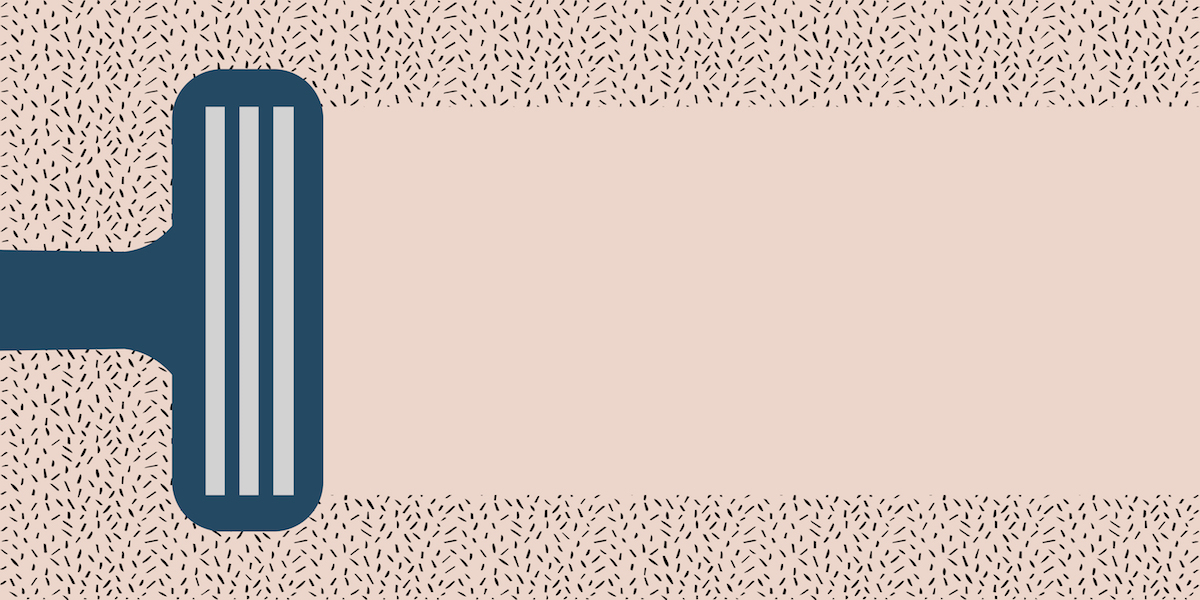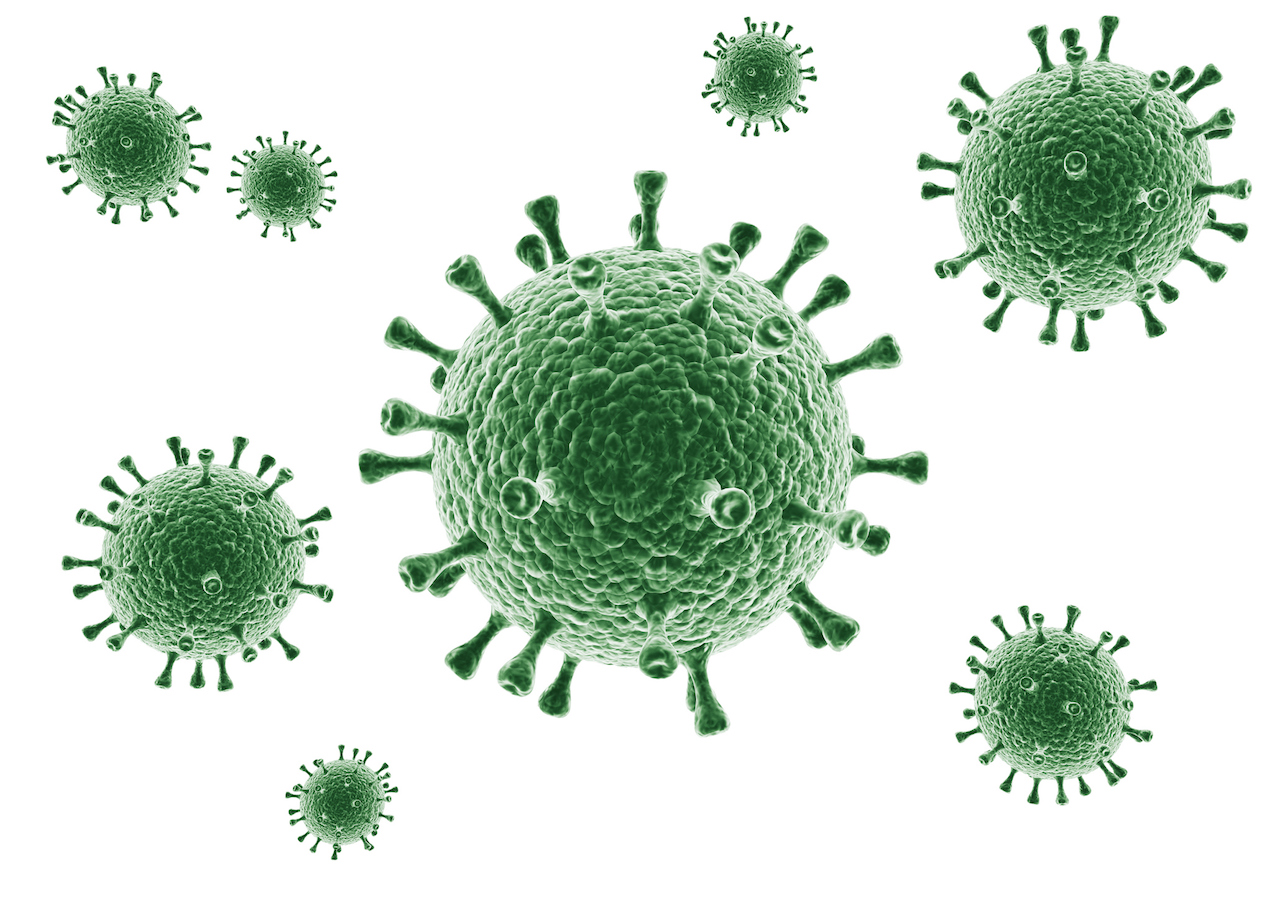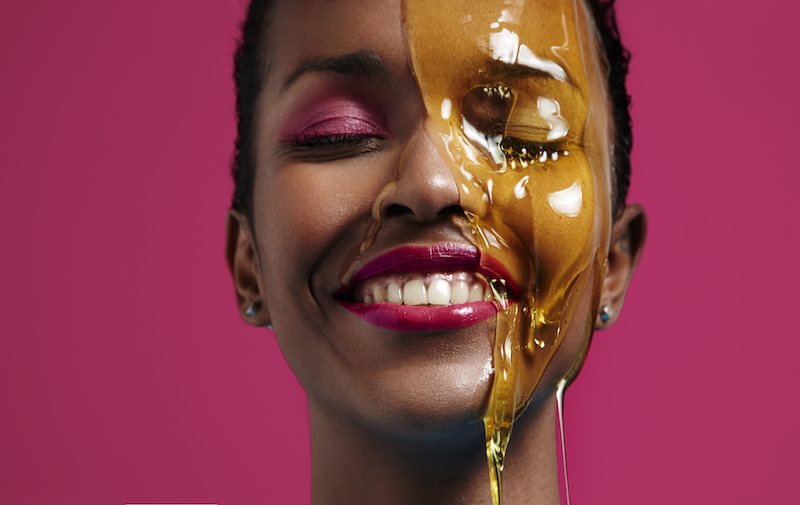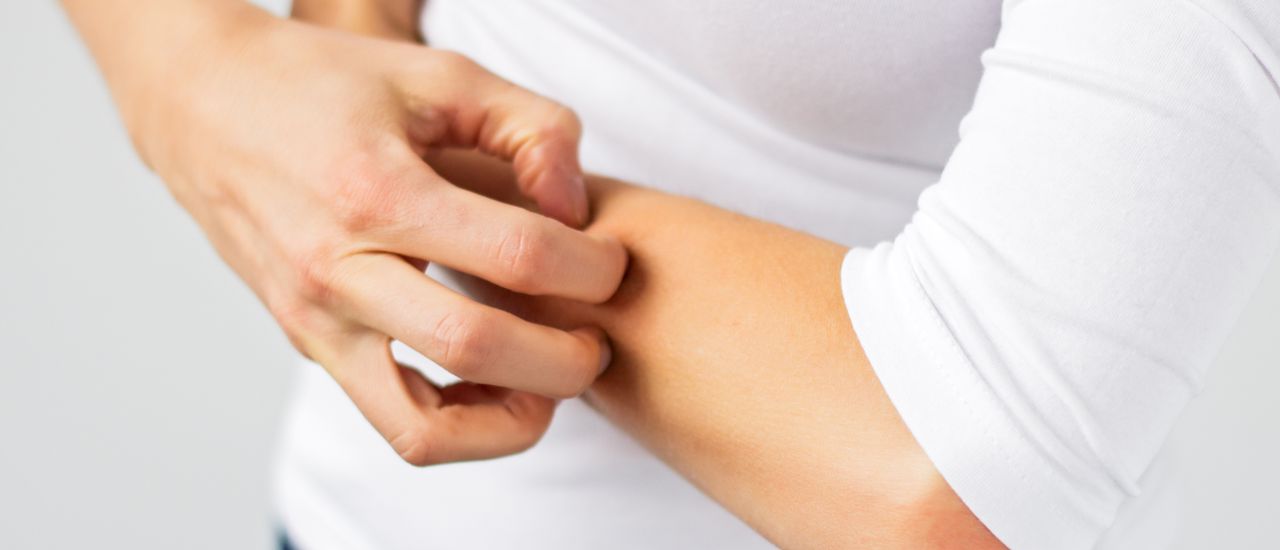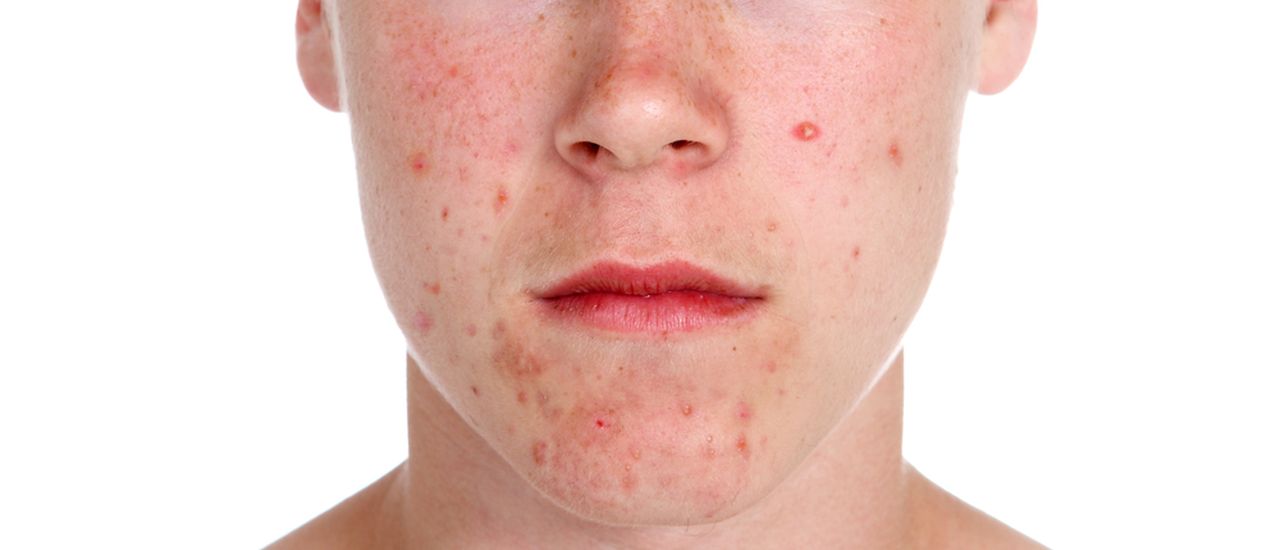You shave regularly to keep those pesky hairs at bay, but now your skin has little dark bumps. Could it be ingrown hairs?
Ingrown bugbears are hairs that have curled around and grown back into your skin, instead of rising above it. Sometimes, your dead skin can clog up your hair follicles. When this happens, it forces the hair inside to grow sideways under your skin, rather than upward and outward like it should.
An ingrown hair irritates your skin and may produce a raised bump (or a group of bumps) that looks like a pimple. Sometimes an ingrown hair can form a boil-like sore, which can be prickly and painful.
Your skin may look red and swollen around an ingrown hair, just like your skin reacts when any other foreign substance or object enters your skin. In men, ingrown hairs often pop up as little bumps on the chin, cheeks and armpits. In women, ingrown hairs are common on legs, the pubic area and armpits.
Causes
- If you have curly or coarse hair, your hair is more likely to bend back into your skin after it’s been shaved or cut.
- High levels of certain sex hormones could cause excessive hair growth.
- If hair grows back with a sharper edge, it could cause ingrown hairs as it can easily poke back into your skin.
- Pulling your skin taut when shaving could cause your hair to go back into your skin and re-enter without growing out.
- Tweezing leaves parts of your hair under your skin’s surface and this could cause ingrown hairs.
Nix the hairs
- Always use a sharp, single-bladed razor for shaving.
- Shave in the direction of the growing hair.
- Don’t shave too closely to your skin.
- Rinse your blade with every stroke when you shave.
- If you use an electric shaver, hold it slightly above the surface of your skin.
- Dab a cool washcloth to your skin after you shave to reduce irritation.
- Exfoliate your skin regularly to bring any ingrown hairs to the surface.
- Use a shaving cream or lather your skin with soap before shaving for a smooth shave.
- Try to free ingrown hairs with sterilised tweezers. Pull very gently!
Good to know
- Occasional ingrown hairs are nothing to be worried about.
- Try other hair removal methods like hair removal creams for your legs and armpits.
- Moisturise regularly to speed up the process of getting rid of ingrown hairs.
- Don’t pick or scratch at ingrown hairs, as it could cause an infection.
- If your ingrown hairs have become infected, occur frequently, or cause extreme discomfort, talk to Hello Doctor and get advice on how to treat them.
References:
- http://www.mayoclinic.org/diseases-conditions/ingrown-hair/basics/preparing-for-your-appointment/con-20034717
- http://www.healthguidance.org/entry/17224/1/Why-Do-We-Remember-Songs-so-Well.html
- http://www.webmd.boots.com/healthy-skin/guide/ingrown-hair
- http://www.webmd.com/skin-problems-and-treatments/guide/ingrown-hair-causes-symptoms-treatment#2

